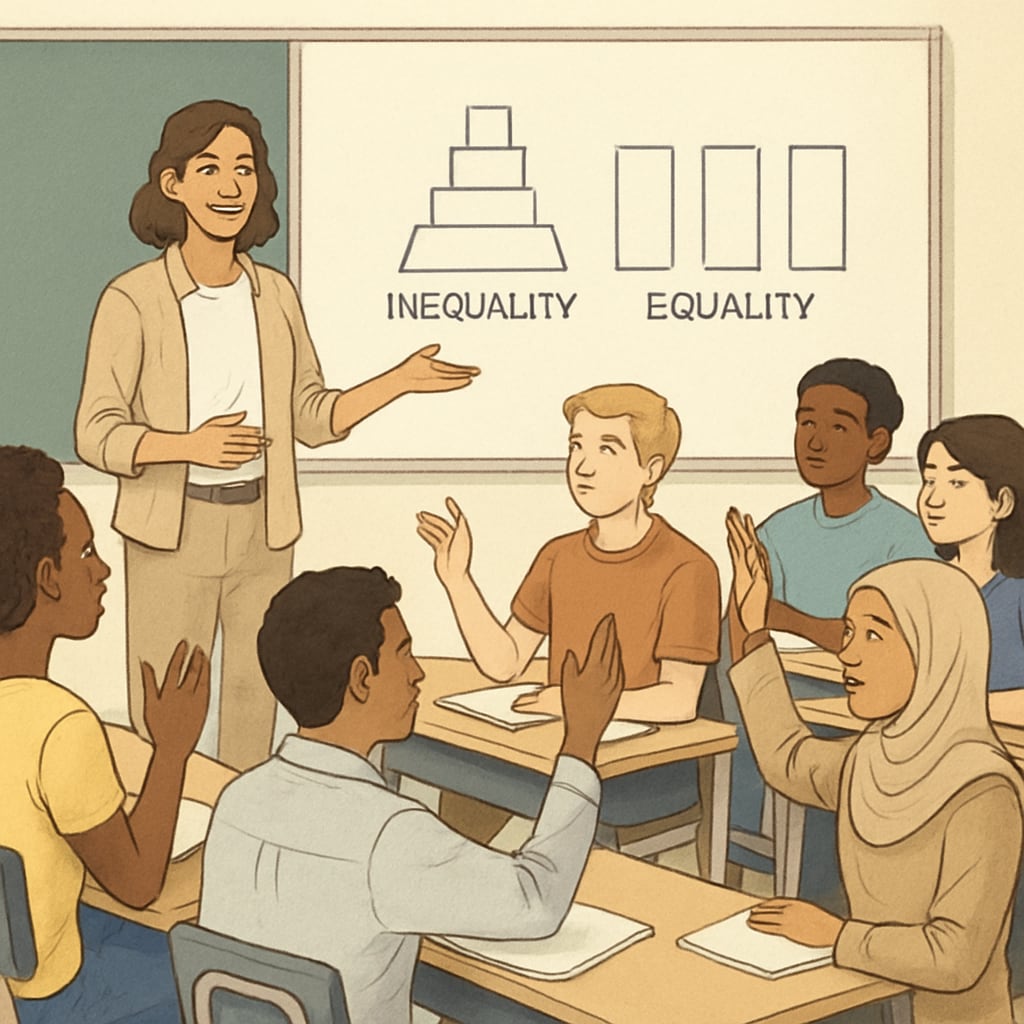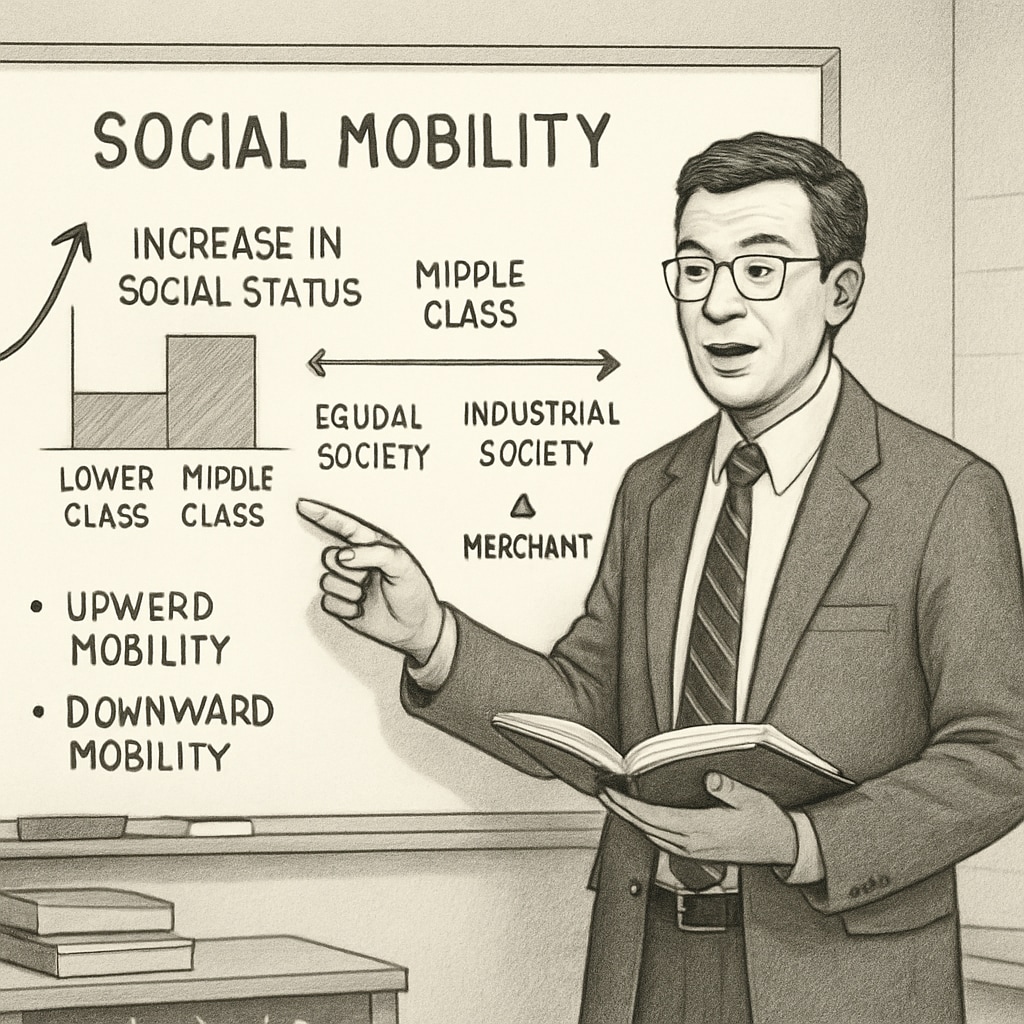Class system narratives, particularly when presented in K12 education, can profoundly shape students’ worldviews. The rigid portrayal of societal hierarchies may inadvertently reinforce harmful stereotypes, stifle ambition, and limit critical thinking. By addressing the dangers posed by these narratives, educators and parents can work together to create a more balanced educational framework that fosters hope and equal opportunities.
The Risks of Rigid Class System Narratives
Education is a powerful tool for social mobility, but when it perpetuates fixed ideas about class systems, it can have the opposite effect. By teaching students that societal hierarchies are inevitable or immutable, schools risk instilling a sense of fatalism. For example, students from disadvantaged backgrounds might internalize the belief that their social standing cannot change, which can discourage them from striving for upward mobility.
Furthermore, such narratives can oversimplify complex social dynamics. The portrayal of class systems as unchangeable ignores historical evidence of societal shifts and progress. This not only misrepresents reality but also discourages students from questioning these structures critically.

Promoting Balanced and Inclusive Social Education
To counter the negative effects of class-centric narratives, educators must adopt a more inclusive and balanced approach. This involves presenting the class system as a historical and sociological concept, rather than a predetermined destiny. Students should be encouraged to explore the fluidity of social structures and the role of collective action in driving change.
For instance, lessons could include examples of social reform movements, such as the Civil Rights Movement in the United States or global efforts to reduce income inequality. These real-world examples can inspire students to believe in their capacity to effect change, regardless of their starting point in life.

The Role of Parents and Educators
Parents and educators share the responsibility of shaping students’ perceptions of society. Open discussions at home and in the classroom can help students develop critical thinking skills. For example, parents can encourage children to question stereotypes they encounter in books, media, or even their curriculum. Similarly, teachers can create a classroom environment where students feel safe challenging ideas and expressing diverse perspectives.
Moreover, collaboration between schools and families is essential. Schools can organize workshops or seminars to educate parents about the content being taught and its potential implications. When parents and educators work as a team, students are more likely to receive consistent messages about equality and the potential for change.
Some practical strategies for fostering critical thinking and hope in education include:
- Integrating real-life success stories of individuals who overcame social barriers.
- Encouraging debates on societal issues to explore multiple perspectives.
- Providing access to diverse literature that reflects various social experiences.
- Teaching students about the tools for social change, such as voting, advocacy, and community action.
Looking Ahead: A Call to Action
As society becomes increasingly complex, the narratives we present to students must evolve. Education should empower young minds to envision and work toward a more equitable future. This starts with reevaluating how class systems are addressed in K12 curricula. By fostering critical thinking, promoting hope, and challenging rigid narratives, we can ensure that students are equipped to navigate and transform the world around them.
In conclusion, addressing the dangers of rigid class system narratives in education is not just an academic concern—it is a moral imperative. Parents, educators, and policymakers must collaborate to create an educational environment that celebrates potential and nurtures critical thinking. Only then can we truly prepare students to break the chains of societal constraints and build a better future.
Readability guidance: Short paragraphs and lists summarize key points; controlled use of passive voice and long sentences; over 30% of sentences utilize transition words (e.g., however, therefore, for example).


